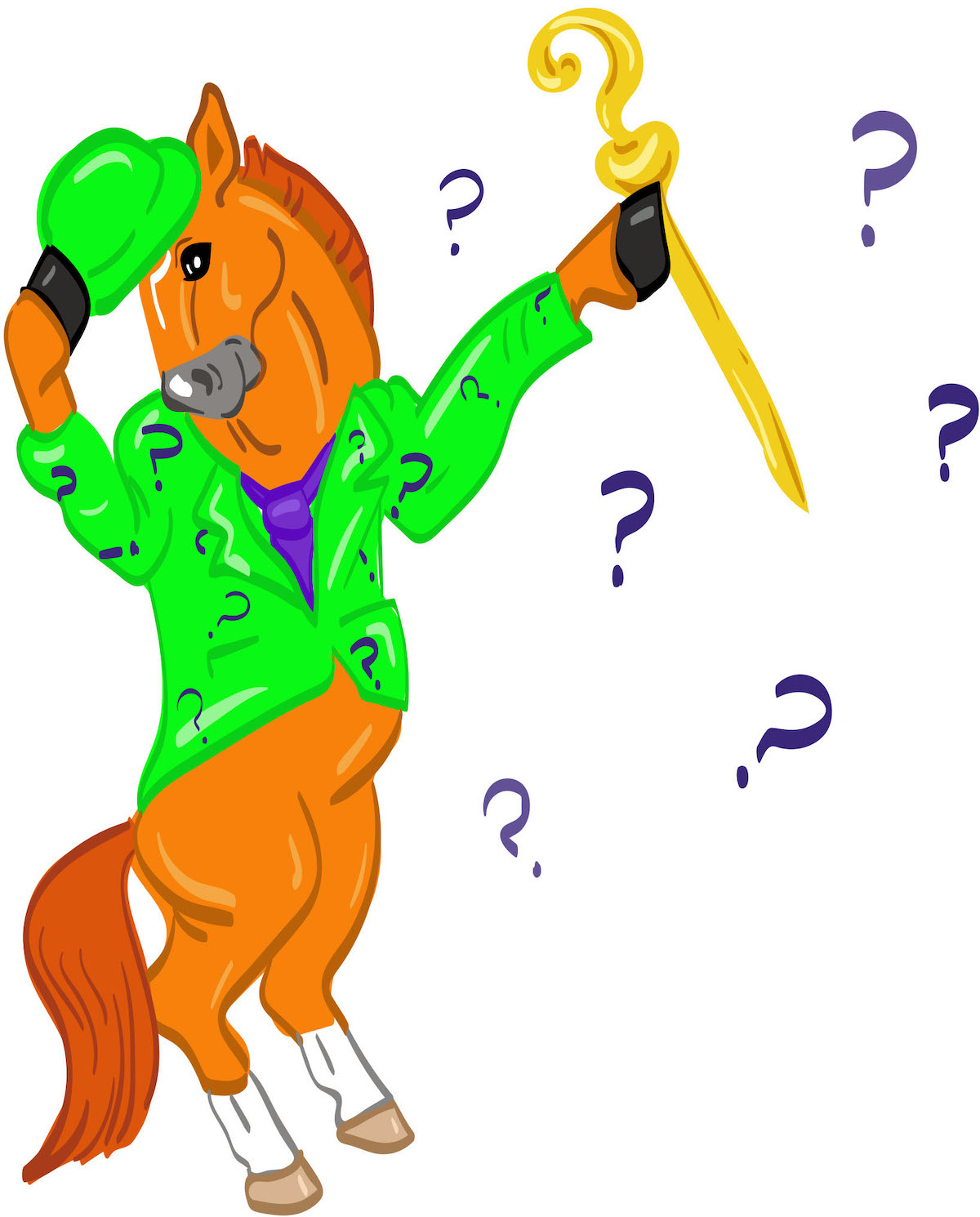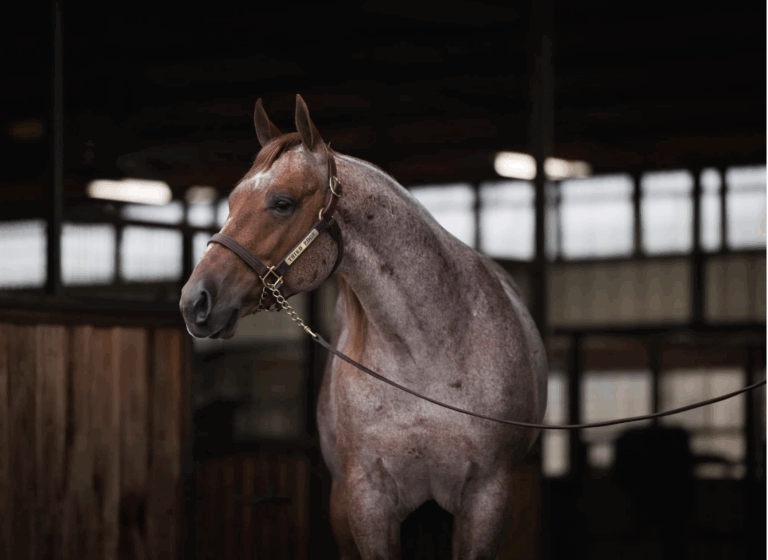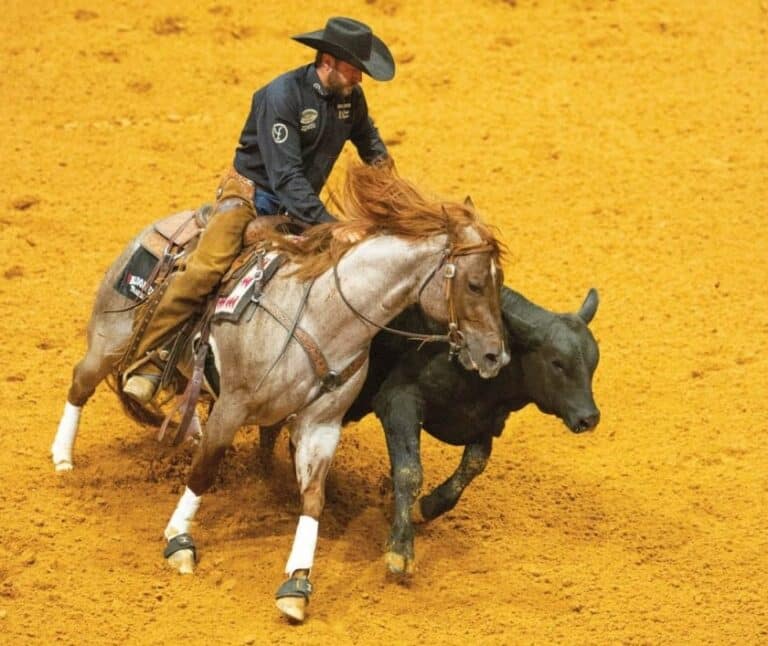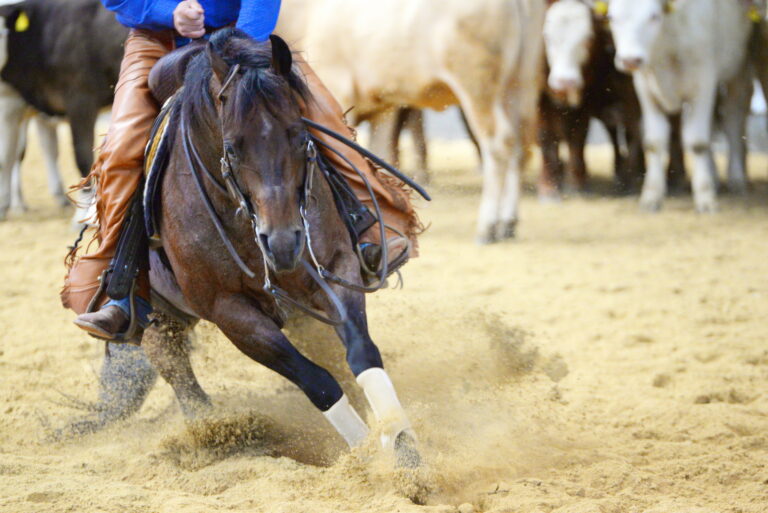
1. It’s an unshapely horse neck, can be ‘sheepish,’ too. It’s a:
A) gnu.
B) ewe.
C) slew.
2. If you slap with it hard, you may land in the dirt. It’s a:
A) quirt.
B) squirt.
C) flirt.
3. It jiggles your eye, or chases an itch, or calms your horse. It’s a:
A) glitch.
B) stitch.
C) twitch.
4. Often arched in a stallion, more relaxed in the rest. It’s a:
A) jest.
B) crest.
C) nest.
HOW’D YOU DO? (Answers below.)
1. B is correct. A ewe neck is overdeveloped on its underside and underdeveloped along the crest, with a dip in front of the withers. Called an upside-down neck because of its appearance, it’s a conformational fault that can be exacerbated by poor riding that puts the horse’s head in the air.
2. A is correct. From the Mexican Spanish cuarta, or whip, a quirt is a short whip with a braided leather lash.
3. C is correct. A twitch is a device with a wood handle and a loop at one end to twist around a horse’s upper lip to subdue him. It may also be made of metal with a clamping effect. Though experts aren’t sure how it works, the short-term application of pressure in this way lowers a horse’s heart rate and decreases his reaction to painful stimuli, which is why twitches are often used for veterinary treatments. (Ear twitching has been discredited as a humane option and should be avoided completely.)
4. B is correct. A stallion’s thicker neck and more pronounced crest are secondary sex characteristics not found in geldings and mares.
Hey! Not already receiving H&R’s fun and informative The Ride newsletter? Sign up right here.




